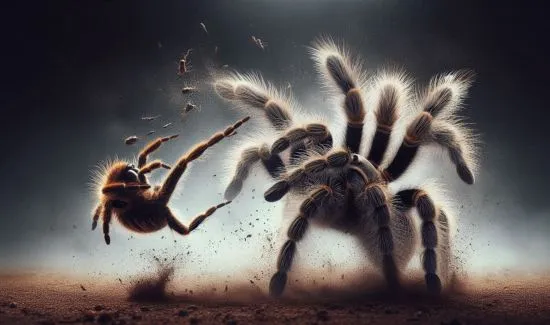Understanding Tarantula Hairs (Urticating Hairs)
Tarantulas, fascinating arachnids that they are, have evolved unique defense mechanisms. One of the most interesting of these is the use of urticating hairs, also known as setae. These tiny, barbed hairs are a primary defense against predators, and unfortunately, they can also cause significant irritation to humans. Understanding what these hairs are, how they work, and what to do if you come into contact with them is crucial for anyone who owns or interacts with tarantulas. This comprehensive guide will provide you with all the information you need to handle such situations safely and effectively, ensuring your well-being and that of your tarantula.
What Are Urticating Hairs
Urticating hairs are specialized hairs found on the abdomens of many New World tarantula species. They are not like the standard hairs you might think of; instead, they are incredibly fine, barbed structures that are easily dislodged. These hairs are typically flicked off the tarantula’s abdomen when it feels threatened. Once airborne, they can land on the skin, eyes, or respiratory system of a potential attacker, causing irritation. The barbs on these hairs help them to embed in the skin, making them difficult to remove and prolonging the discomfort. The composition of these hairs can vary slightly between species, but the effect is almost always the same – a prickly, itchy, and sometimes painful sensation.
Why Do Tarantulas Have Urticating Hairs
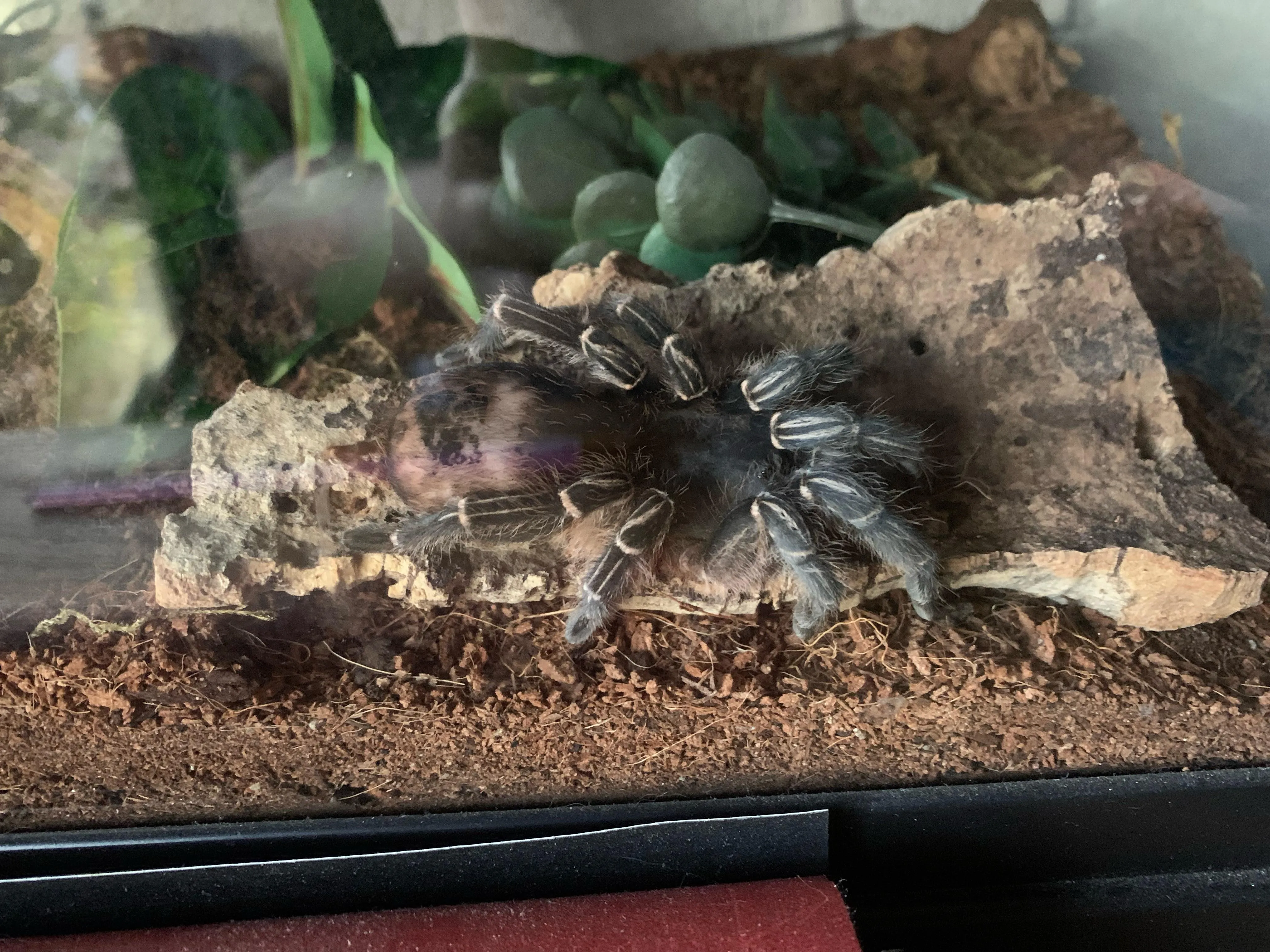
Urticating hairs are a crucial part of a tarantula’s defense strategy. They serve as a deterrent against predators, including birds, mammals, and even other larger arthropods. The hairs are designed to cause both physical and chemical irritation. When a predator comes into contact with the hairs, they cause mechanical irritation due to their barbed structure. The barbs embed themselves in the skin, leading to itching and inflammation. In addition, these hairs often contain chemicals that further enhance the irritating effect. This combination of physical and chemical irritants makes urticating hairs an effective way for tarantulas to protect themselves from harm. By flicking these hairs, the tarantula can create distance between itself and a potential threat, allowing it to escape or discourage further aggression.
How Urticating Hairs Affect Humans
When urticating hairs come into contact with human skin, they can cause a range of reactions, from mild irritation to more severe symptoms. The severity of the reaction depends on several factors, including the species of tarantula, the amount of hair exposure, the individual’s sensitivity, and the area of the body affected. Common areas of contact include the hands, arms, face, and eyes. Once the hairs embed in the skin, they can cause intense itching, redness, and a burning sensation. In some cases, small bumps or welts may appear. The reaction can last for several hours or even days, causing significant discomfort. It is therefore crucial to understand how to minimize exposure and how to treat any reactions that may occur.
Symptoms of Urticating Hair Exposure
The symptoms of urticating hair exposure can vary, but some common signs include immediate itching, burning, and a prickling sensation. The affected skin may become red, inflamed, and develop small bumps or welts. If the hairs come into contact with the eyes, they can cause excessive watering, redness, and irritation. Inhaling the hairs can lead to coughing, sneezing, and respiratory discomfort. Some individuals may experience more severe reactions, such as allergic responses, which can include hives, swelling, or difficulty breathing. Recognizing these symptoms early is essential for prompt treatment and minimizing the duration of discomfort. Monitoring the affected area for any changes in symptoms is also important to ensure that any potential complications are addressed immediately. If you experience severe symptoms, it is advisable to seek medical attention.
The Initial Reaction
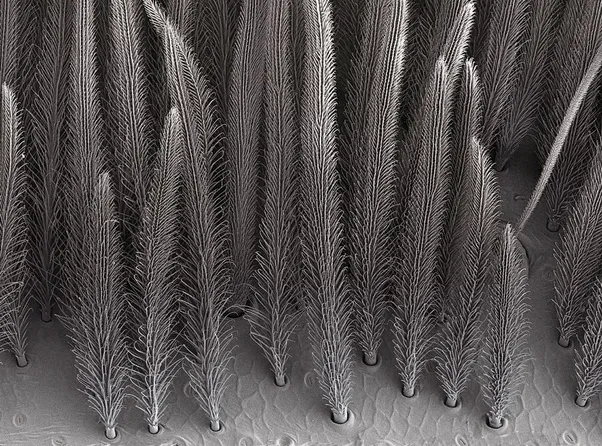
The initial reaction to urticating hairs typically involves an immediate onset of itching and a prickly or burning sensation. This is due to the mechanical irritation caused by the barbed hairs embedding themselves in the skin. The intensity of the reaction can vary depending on the sensitivity of the individual and the density of the hair exposure. The skin may appear red and inflamed, and small bumps or welts can start to form within minutes of contact. Some people may experience a tingling sensation. The initial reaction often intensifies over the first few hours, and it’s crucial to address the symptoms quickly to prevent further irritation and discomfort. Gentle washing and removing the hairs as soon as possible can help minimize the severity of the reaction.
Delayed Reactions and Allergic Responses
In some cases, the reaction to urticating hairs can be delayed, with symptoms appearing several hours or even days after exposure. Delayed reactions may include more severe itching, increased redness, and the development of larger welts or hives. In rare instances, individuals may experience an allergic response, characterized by swelling, difficulty breathing, and other systemic symptoms. If you notice any signs of an allergic reaction, such as swelling of the face, lips, or tongue, or if you have difficulty breathing, seek immediate medical attention. Even if the initial symptoms seem mild, it’s important to monitor the affected area and consult a healthcare professional if the condition worsens or if you have any concerns about your reaction.
Effective Methods for Removing Tarantula Hairs
Removing urticating hairs promptly and effectively is crucial to minimize discomfort and prevent prolonged irritation. Several methods can be used to remove the hairs, each with its own advantages and disadvantages. The key is to be gentle and avoid further irritating the skin. Different techniques work well for different people. Regardless of the method you choose, it’s essential to handle the affected area carefully and avoid rubbing or scratching, as this can push the hairs deeper into the skin and worsen the reaction. Taking prompt action can significantly reduce the duration and intensity of the symptoms.
Gentle Washing Techniques
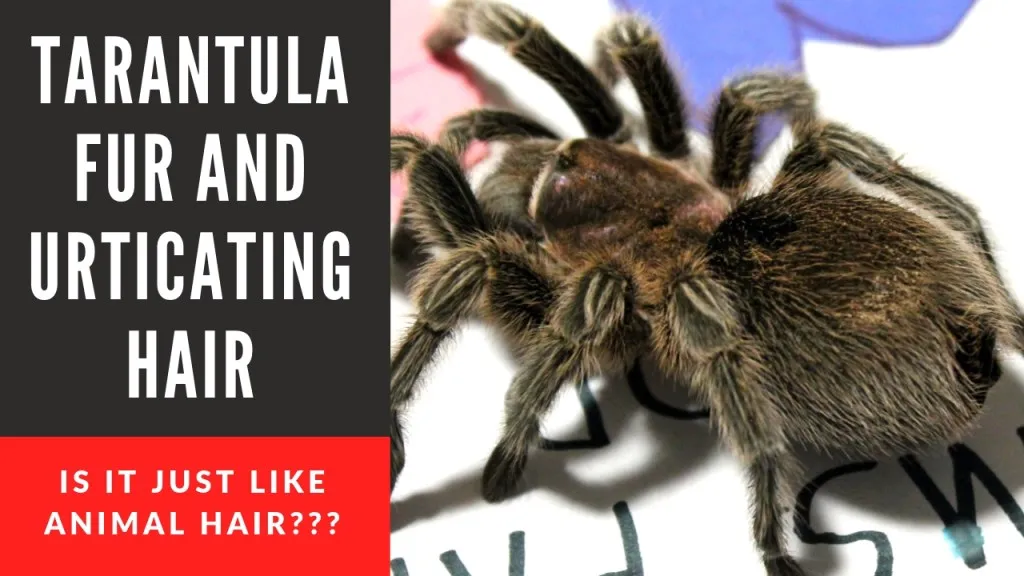
Gentle washing is often the first step in removing urticating hairs. Use lukewarm water and a mild, unscented soap. Avoid hot water, as it can open the pores and potentially drive the hairs deeper into the skin. Gently lather the affected area and rinse thoroughly. Avoid rubbing or scrubbing, as this can worsen the irritation. Pat the skin dry with a soft towel. You can repeat this process several times a day, as needed, to help remove the hairs and alleviate itching. Washing helps to dislodge loose hairs and remove any remaining irritants. This method is a good starting point and can provide some relief.
Using Tape for Hair Removal
Another effective method for removing urticating hairs is using tape. Duct tape or packing tape can be used, but ensure the tape is clean and relatively new. Apply the tape to the affected area, pressing gently to ensure it adheres to the skin. Then, carefully peel the tape away, pulling the hairs with it. Repeat this process until you no longer see hairs adhering to the tape. Be cautious not to apply excessive pressure, as this can cause skin irritation. This method is particularly effective for removing hairs that have embedded themselves in the skin. It is essential to use a gentle touch and avoid pulling too hard. After taping, consider washing the area with mild soap and water to remove any remaining residue.
Applying Cold Compresses
Applying a cold compress can help reduce itching and inflammation. Wrap an ice pack or a bag of frozen vegetables in a clean cloth and apply it to the affected area for 10-15 minutes at a time. The cold helps to numb the skin and reduce the burning sensation. Avoid applying ice directly to the skin, as this can cause frostbite. Cold compresses can provide temporary relief from itching and discomfort. You can repeat this process several times a day, as needed. In addition to providing relief, the cold can help to reduce inflammation and make the removal process easier. This is often best combined with other methods, such as washing or taping, for the best results.
Home Remedies and Treatments for Itching
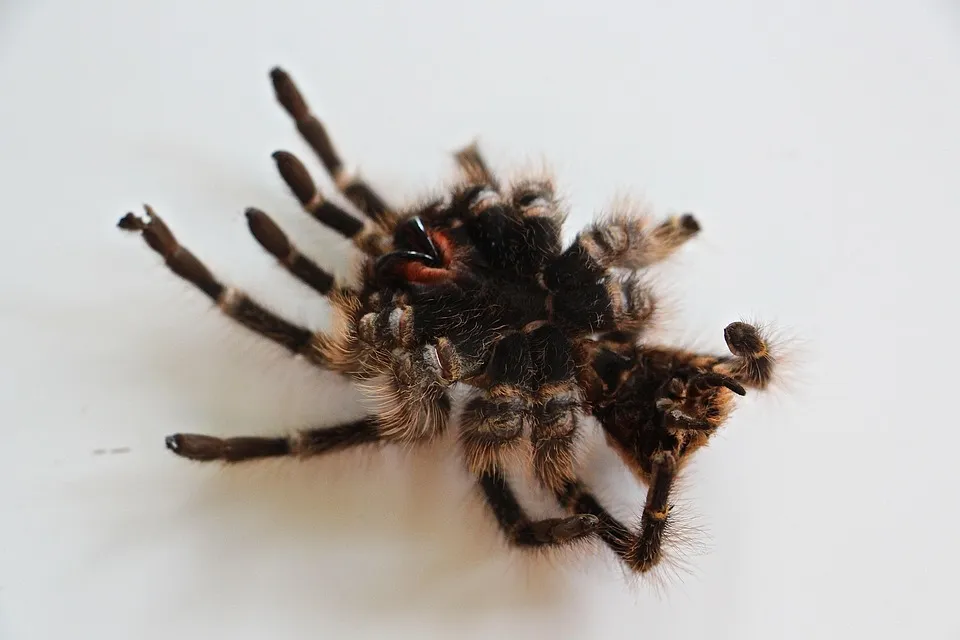
In addition to removing the hairs, several home remedies can help alleviate itching and discomfort. These remedies are often readily available and can provide quick relief. The key is to choose treatments that are gentle and non-irritating. It’s always a good idea to test any new remedy on a small area of skin first to ensure that it doesn’t cause further irritation or allergic reactions. Combining several remedies can provide a more comprehensive approach to symptom relief. Keeping the skin moisturized and avoiding harsh chemicals is also important.
Over the Counter Medications
Several over-the-counter medications can provide relief from itching. Antihistamine creams or lotions can help reduce itching and inflammation. Calamine lotion is a classic choice for soothing irritated skin and can be applied directly to the affected area. Hydrocortisone cream, a mild corticosteroid, can also reduce inflammation and itching. Always follow the instructions on the product label and avoid using these medications on large areas of skin without consulting a healthcare professional. If the itching is severe, consider taking an oral antihistamine, such as diphenhydramine (Benadryl), to help reduce the overall inflammatory response. Using these medications as directed can significantly reduce discomfort and help speed up recovery.
When to Seek Medical Attention
In most cases, urticating hair exposure can be managed at home with the methods described above. However, there are certain situations where medical attention is necessary. If you experience severe symptoms, such as difficulty breathing, swelling of the face, lips, or tongue, seek immediate medical care. These symptoms may indicate an allergic reaction, which can be life-threatening. If the itching is severe or persistent, and home remedies are not providing relief, it’s wise to consult a healthcare provider. They may be able to prescribe stronger medications or recommend other treatments to alleviate your symptoms. Additionally, if the affected area becomes infected, seek medical attention. Signs of infection include increased redness, swelling, warmth, pus, or fever. A medical professional can help address any potential complications and ensure that your skin heals properly.
Preventing Exposure to Urticating Hairs
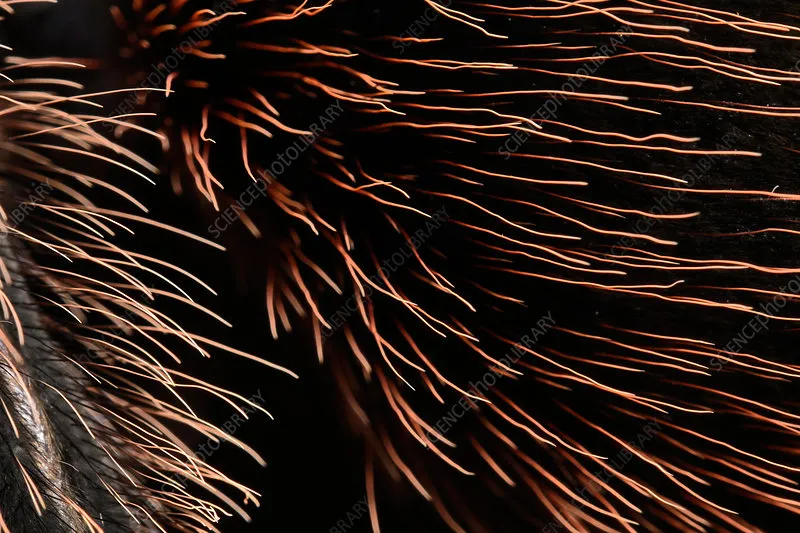
The best way to manage urticating hairs is to prevent exposure in the first place. Taking precautions when handling tarantulas or working around their enclosures can significantly reduce the risk of irritation. Proper handling techniques and maintaining a safe environment are key. This requires a proactive approach and an understanding of tarantula behavior. By taking these steps, you can minimize the chances of experiencing the discomfort associated with urticating hairs and ensure your own safety and that of your tarantulas.
Handling Tarantulas Safely
When handling tarantulas, always wear gloves. This provides a barrier between your skin and the urticating hairs. Use long sleeves to protect your arms. Avoid sudden movements and never approach the tarantula from above, as this can make it feel threatened and more likely to flick its hairs. Handle tarantulas only when necessary, such as for enclosure cleaning or health checks. Ensure that you are calm and confident. Speak softly to the tarantula to help keep it calm. After handling, wash your hands thoroughly, even if you were wearing gloves, to remove any lingering hairs. Proper handling can prevent accidental exposure.
Proper Enclosure Design
The design of the tarantula’s enclosure can also help to minimize exposure to urticating hairs. A well-designed enclosure makes it easier to clean and maintain the habitat safely. Ensure the enclosure has a secure lid to prevent the tarantula from escaping and flicking hairs in the process. When cleaning the enclosure, do so carefully and avoid disturbing the tarantula unnecessarily. Consider using tools, such as long-handled tongs, to remove waste and handle items inside the enclosure without getting too close to the tarantula. Good ventilation helps to prevent the build-up of dust and debris, which can trap urticating hairs and increase the risk of exposure. Regularly clean and maintain the enclosure to reduce the risk of potential contact with hairs.
Aftercare and Skin Recovery
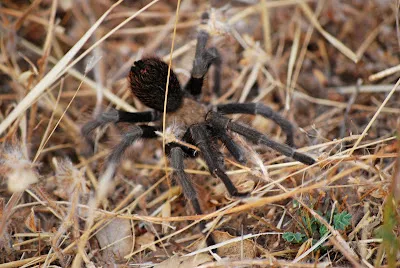
After removing the urticating hairs and treating the symptoms, it’s important to focus on aftercare and skin recovery. This involves soothing the skin, keeping it clean, and avoiding further irritation. Proper aftercare can help speed up the healing process and minimize the risk of complications. Patience is key during this phase, as it may take a few days or even weeks for the skin to fully recover. Following a gentle skin care routine is crucial to ensure full recovery.
Soothing the Skin
To soothe the skin, keep the affected area moisturized. Apply a fragrance-free, hypoallergenic lotion several times a day to help keep the skin hydrated and promote healing. Avoid scratching, as this can worsen irritation and potentially lead to infection. Wear loose-fitting clothing to allow the skin to breathe and prevent further irritation. If you experience any new symptoms or if the condition worsens, consult a healthcare professional. Following these tips will help make the recovery process much more comfortable and promote the return to healthy skin. Applying cool compresses or taking a cool bath can also soothe the skin.
Long Term Skin Health
To maintain long-term skin health, it is important to avoid future exposure to urticating hairs. Continue to practice safe handling techniques and proper enclosure maintenance. Use gentle skin care products that are free of harsh chemicals or fragrances. If you own tarantulas, educate yourself on their behavior and defensive mechanisms to minimize the risk of contact. Regularly inspect your skin for any signs of irritation or sensitivity. By taking these proactive steps, you can keep your skin healthy and prevent future problems. Always consult a dermatologist if you have concerns about any long-term skin issues or reactions.
